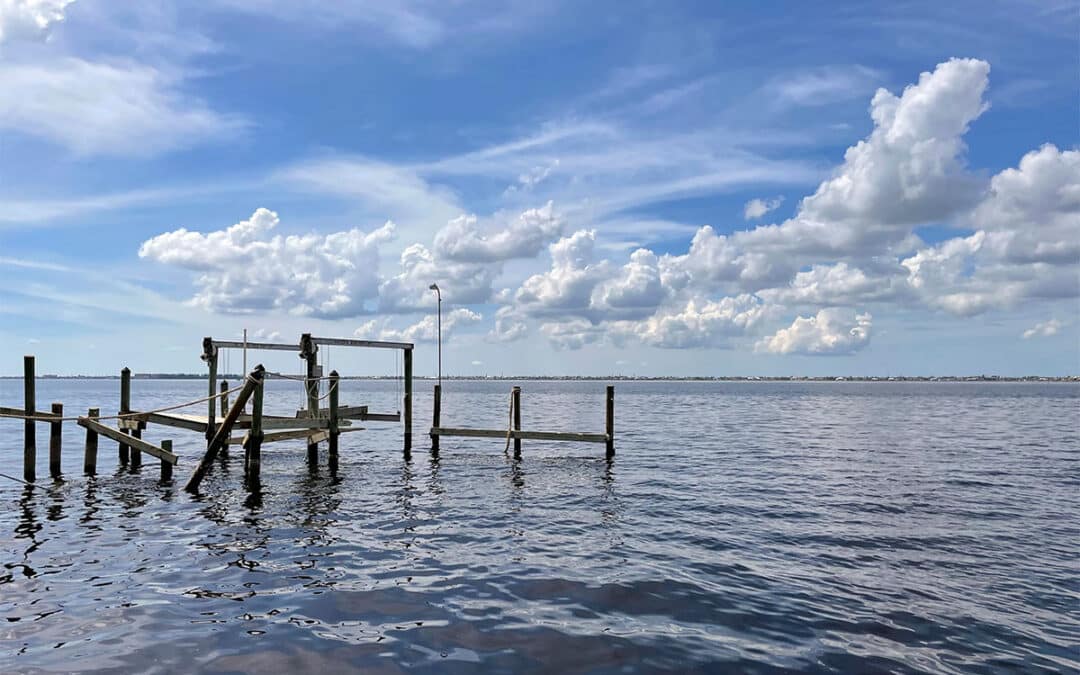The Caloosahatchee River got a huge flush of saltwater when Hurricane Ian plowed into the Southwest Florida coast.
And then a lot of it roared back, along with plenty of freshwater runoff.
Marine waters from the Fort Myers-Cape Coral were pushed several miles upstream, and a dam that typically allows water to flow toward the coast was all jammed up with saltwater.
“An awful lot came in and a lot came back out with a lot of water behind it,” said Calusa Waterkeeper John Cassani. “I’m thinking the estuary was fresh all the way to the islands, and that’s bad for critters that can’t swim away.”
That flushing event is ongoing, Cassani said.
“I’m seeing some satellite imagery and (a dark brown) plume extends miles out into the Gulf, so it’s pretty significant (nutrient) loading from that perspective,” Cassani said. “It’s going to be big, massive loading.”
This type of large loading can help fuel various algal blooms.
“What does this mean in terms of algal blooms down the road,” Cassani said, rhetorically. “And the more immediate consideration is fecal contamination from the flooding storm surge and the sewage systems breaking down.”
Continue Reading

























